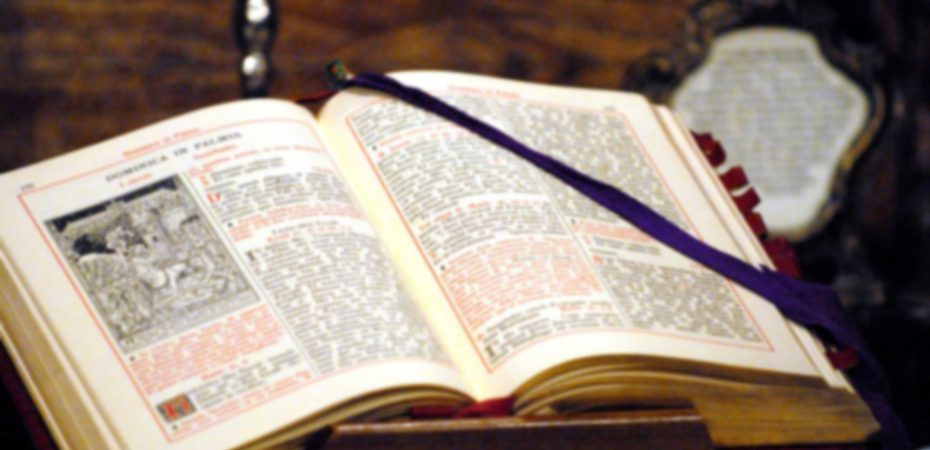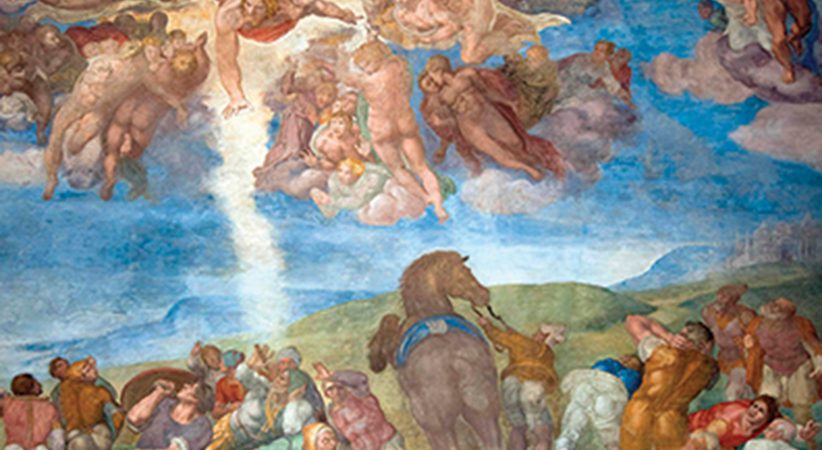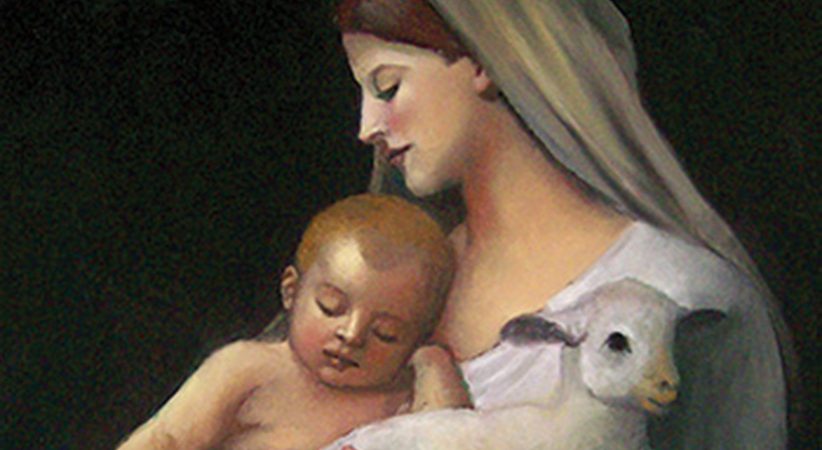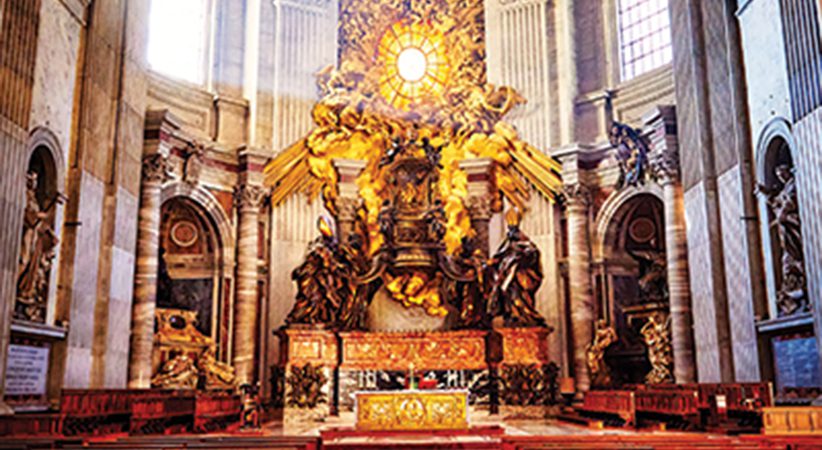The Lectionary Cycle
Offering stability in an ever-changing world
Father Patrick M. Carrion Comments Off on The Lectionary Cycle
 Is the Lectionary an oxymoron, since it is a book that assures “constant change”? The Catholic Church starts Year C of the liturgical cycle beginning the First Sunday of Advent, Nov. 28, 2021. Obviously, Year B was just completed and, this time next year, Year A begins and hence the hands of time turn again.
Is the Lectionary an oxymoron, since it is a book that assures “constant change”? The Catholic Church starts Year C of the liturgical cycle beginning the First Sunday of Advent, Nov. 28, 2021. Obviously, Year B was just completed and, this time next year, Year A begins and hence the hands of time turn again.
Personally, I have just ended 13 cycles of this constant change, as I was bing ordained in mid-November 1982 as Year B was ending with Year C starting two weeks later. Ironically, this year, even the dates are the same; Year C of both 1982-83 and 2021-22 began on Nov. 28. The three-year cycle of constant change begins for the 14th time since I was ordained. Any one of us can look back and begin to reminisce about all the changes in life in the midst of constancy.
This three-year cycle, like knowing your ABCs with Matthew, Mark and Luke, is a true blessing to our liturgies and to each of us personally. Imagine liturgy without it; it is hard enough deciding what the homily will be this weekend. Envision having to decide each weekend what readings to choose. Having the decision made for us is so freeing. Most family households understand this burden-freedom dichotomy — for example, wondering “what are we making for dinner tonight.” It is so freeing (most of the time) when someone decides for you.
The Church is unfairly mocked for its plethora of rules, its rigidity, lacking spontaneity liturgically, and the lack of Scripture knowledge still lingers. The very purpose of the constancy of the Lectionary is to assure proclamation of more of the Word. Without a set Lectionary, it would not be surprising that less Scripture passages would be proclaimed in congregational churches as the preacher would go to his top 20 picks. Just like any household, when not being able to think of something different for dinner, goes to the default dinner that is quick and easy.
Envision the chaos if there was no Lectionary — in parishes where there are two priests, each choosing different readings. Then the music minister, each week, has to find the appropriate musical selections for each priest’s chosen set of readings. There is enough drama on parish staff with a Lectionary, imagine the drama without one.
The present Lectionary, a standard-bearer for over 50 years, was constructed in the 1960s when the Church moved from a one-year cycle to a three-year cycle. I still have the Lectionary given to me when installed as a reader by Archbishop Jean Jadot, the papal nuncio to the United States in the 1970s. Every priest, when ordained a deacon, was handed the Book of the Gospels, accompanied by the charge, “Believe what you read, teach what you believe and practice what you teach.” These books handed to us ritually are a reminder of the unchanging Word of God. While unchanging, everything else around them changes constantly.
Since handed these books, a lot has changed liturgically, socially, politically. While parishes and priests have and still do take great liberty with the ritual and its rubrics, priests tend not to do so with the proclaimed Word. Looking back on the years, there have been puppets of Jesus, Mary and Joseph and the stable animals on Christmas Eve at the chaotic children’s Mass. Hands, but not feet, washed on Holy Thursday. The Paschal candle processed into the dark Church after the seven Old Testament readings because Jesus was born after that period.
The Church lived in different times then. Nehru jackets and bell-bottoms have come and gone, fortunately, like some of the practices mentioned above. I am guilty of some of these practices (including bell-bottoms, not the Nehru jacket), but the same Scriptures remain untouchable.
In these 13 cycles, there have been 39 Christmas readings and 13 bread of life discourses. It was scary to think forward 13 cycles wondering how am I ever going to say something different each time that reading comes around again and again. Are there really 13 ways to expound on the prodigal son story when it is its turn again? This is where the “change” aspect of the oxymoron comes in. The unchanging Word is immersed in a constantly spinning, changing world. While one generation practiced jumping under desks due to nuclear threats, the next generation has safety drills in case of gunfire.
While the story of creation may inspire homilies about gender equality, highlighting “male and female he created them,” the next decade may highlight, “God gave them dominion …” as one proclaims a message to be attentive to climate change. When the Gospel commands us to “love your enemy” — there seems, unfortunately, no end to enemies — once we start loving one enemy another pops up (from communists in the ’60s to the “opposite political party” in the 2020s and countless ones in between — immigrants, the Taliban, etc.).
However, that which has changed the most in the 13 cycles, hopefully for the better, is the priest. The timeless Word anchoring us in the midst of change.
FATHER PATRICK M. CARRION is the pastor of St. Ignatius of Loyola, Ijamesville, Maryland, and the director of Cemetery Management for the Archdiocese of Baltimore.





